Species Photo Gallery for Stenocranus brunneus No Common Name 19 |
 | Photo by: Marilyn Westphal
Henderson Co.
Comment: UV light sheet | 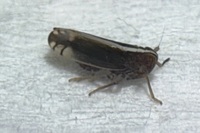 | Photo by: Marilyn Westphal
Henderson Co.
Comment: UV light sheet |
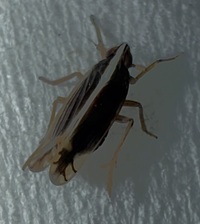 | Photo by: Marilyn Westphal
Henderson Co.
Comment: UV light sheet | 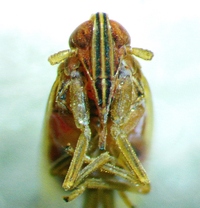 | Photo by: Ken Kneidel
Mecklenburg Co.
Comment: 4 mm female, sweep of grassy area |
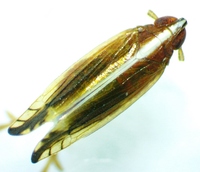 | Photo by: Ken Kneidel
Mecklenburg Co.
Comment: 4 mm female, sweep of grassy area | 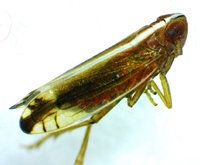 | Photo by: Ken Kneidel
Mecklenburg Co.
Comment: 4 mm female, sweep of grassy area |
 | Photo by: Ken Kneidel
Mecklenburg Co.
Comment: 4 mm female, sweep of grassy area |  | Photo by: Ken Kneidel
Mecklenburg Co.
Comment: 4 mm female, sweep of grassy area |
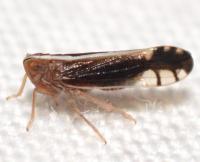 | Photo by: Kyle Kittelberger
Wake Co.
Comment: mixed hardwood forest | 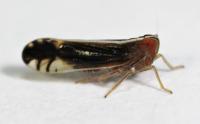 | Photo by: Rob Van Epps
Mecklenburg Co.
Comment: Attracted to UV light. Suburban yard near woods. |
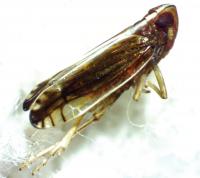 | Photo by: Ken Kneidel
Yancey Co.
Comment: female 3.6 mm, sweep of low vegetation adjacent to a bog. [Confirmed via C. Bartlett] | 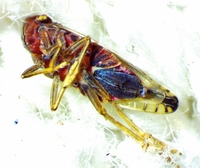 | Photo by: Ken Kneidel
Yancey Co.
Comment: female 3.6 mm, sweep of low vegetation adjacent to a bog |
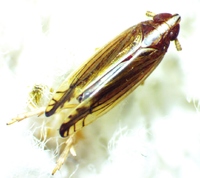 | Photo by: Ken Kneidel
Yancey Co.
Comment: female 3.6 mm, sweep of low vegetation adjacent to a bog | 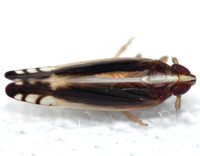 | Photo by: Kyle Kittelberger, Brian Bockhahn
Rockingham Co.
Comment: grassy area near mixed hardwood forest and a pond |
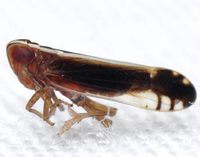 | Photo by: Kyle Kittelberger, Brian Bockhahn
Rockingham Co.
Comment: grassy area near mixed hardwood forest and a pond |  | Photo by: Kyle Kittelberger, Brian Bockhahn
Rockingham Co.
Comment: grassy area near mixed hardwood forest and a pond |
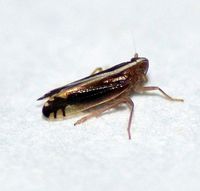 | Photo by: Paul Scharf
Warren Co.
Comment: Caught Sweeping | 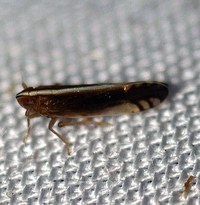 | Photo by: Paul Scharf
Warren Co.
Comment: Attracted to Black Light |
 | Photo by: Paul Scharf
Warren Co.
Comment: Attracted to Black Light |

 »
»

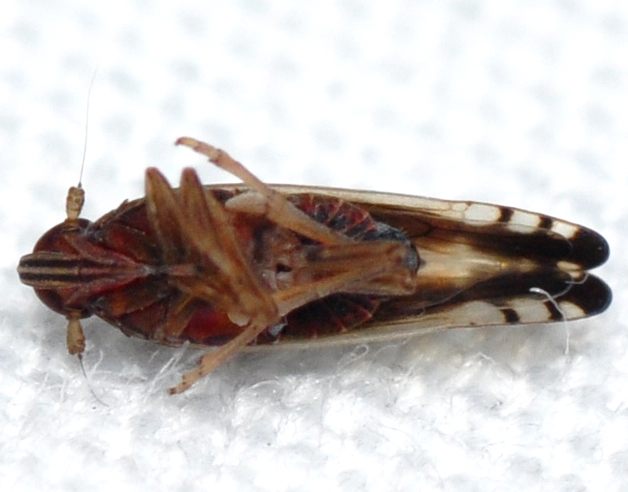


 »
»


